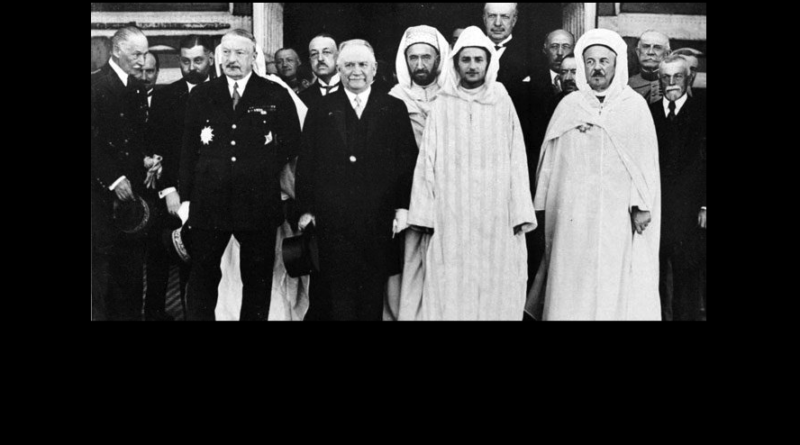Anniversary of a Controversial Decree in Morocco
On May 16, 1930, the French protectorate in Morocco introduced a decree known as the Berber Dahir, which brought changes to the legal system in areas where Amazigh languages were predominantly spoken. While this decree aimed to recognize and preserve Amazigh laws and customs, recent research suggests that its creation was intertwined with colonial motives. This article delves into the history and implications of the Berber Dahir, highlighting its role in shaping Moroccan nationalism and the subsequent resistance it sparked.
Origins of the Berber Dahir
The document known as the “Berber Dahir” was a dhahir (decree) created by the French protectorate in Morocco on May 16, 1930. It aimed to establish a legal system based on local and centuries-old Amazigh laws, rather than Islamic Sharia, in parts of Morocco where Amazigh languages were primarily spoken.
However, recent evidence suggests that the Amazigh population was not adequately consulted during the drafting of this decree, raising questions about their inclusion in the decision-making process. Books such as Mohammed Bodhan’s “Berber Dahir: Myth or Truth” and Mohammed Mounib’s “Berber Dahir: The Biggest Political Lie in Modern Morocco” shed light on these concerns.
Controversies Surrounding the Berber Dahir
Critics argue that the French colonial authorities exploited the decree as a means to maintain control over the Amazigh tribes’ property while masking their true intentions.
The “Berber Dahir” was based on the colonial Kabyle myth and reinforced a dichotomy in Moroccan historiography, dividing the country into Bled el-Makhzen (areas under direct control of the Sultan and the state) and Bled es-Siba (historically and geographically isolated areas beyond direct control), where Amazigh languages and customs prevailed. This legislation explicitly characterized the former as “Arab” and the latter as “Berber.”
Nationalist Backlash
The implementation of the Berber Dahir sparked protests and resistance across Morocco, igniting the pan-Arab pro-Islamic Moroccan nationalist movement. Figures like Shakib Arslan saw the Dahir as evidence of an attempt to “de-Islamize” Morocco and viewed it as a threat to the Islamic identity of the nation.
Protests erupted in Salé, Rabat, Fes, and Tangier, with the “Latif” prayer being recited in mosques to express discontent and unite against the decree.
Role of the Sultan and Suppression Efforts
To quell the resistance, the Resident-General exerted pressure on Sultan Muhammad V, who issued a statement denouncing the nationalist movement’s tactics and reaffirming his commitment to the Amazigh tribes. However, the unrest persisted, and a “Petition Against the Berber Dahir” was written and circulated by Moroccan activists to raise international awareness of the issue.
The nationalist movement’s response sought to incite unrest against the French and protect the autonomy of the Amazigh tribes.
Revisions and Repercussions
In response to the protests and growing discontent, revisions were made to the Berber Dahir. The ministerial decree of April 8, 1934, titled “Dahir Regulating the Functioning of Justice in the Tribes of Berber Customs,” returned the control of criminal courts to the Amazigh tribes, effectively undoing Article 6 of the original Dahir.
This episode of resistance and revision played a crucial role in strengthening the nationalist movement and setting the stage for the eventual quest for independence.
Legacy and Independence Movement
The Berber Dahir and the subsequent nationalist backlash marked a significant turning point in Moroccan history. Peaceful demonstrations and the petition against the decree fueled the rise of Moroccan nationalism, ultimately leading to the “Manifesto of Independence” in 1944.
The Berber Dahir remains a subject of historical controversy, as recent research sheds light on the complexity of its creation and implementation. While it aimed to recognize and preserve Amazigh laws and customs, questions remain about the inclusivity of the decision-making process.



